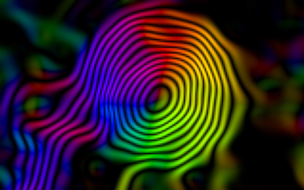Séminaire Larysa Khomenkova
mardi 03 mars 2015

Dr. Larysa Khomenkova
V. Lashkaryov Institute of Semiconductor Physics of the National academy of sciences of Ukraine
« Semiconductor nanoclusters/nanocrystals embedded in oxide films grown by magnetron sputtering »
Semiconductor nanoclusters/nanocrystals attract a great interest because of substantial transformation of their optical, electrical and luminescent properties due to quantum confinement effects. The most attention was paid to the Silicon nanocrystals (Si-ncs) embedded in silicon oxide host. Numerous works demonstrate that bright luminescence at room temperature caused by recombination of excitons in Si-ncs can be turned from the blue to the near infrared via monitoring of the sizes of Si-ncs. The contribution of oxide defects in the light emitting process was also demonstrated. The mechanism of the Si-ncs formation in SiO2 host was investigated. Based on the obtained results and good compatibility of with existing CMOS technology an application of Si-nc-SiO2 nanomaterials for microelectronics and photonics was already demonstrated. Up to now SiO2 is the most considered as a host for Si-ncs. At the same time, in terms of microelectronic and photovoltaic applications it can meet some difficulty due low dielectric constant and/or high resistance. In this concern an application of other dielectrics becomes attractive. In present work, the formation and properties of Si-ncs embedded in high-k dielectrics such as HfO2 or Al2O3 will be demonstrate and compare with those of Si-nc-SiO2. Besides, some attention will be paid to Ge-ncs embedded in high-k materials. The mechanisms of phase separation and formation of semiconductor nanoclusters/nanocrystals as well as light emitting mechanism will be discussed. Some perspectives of the application of such materials will be presented.
